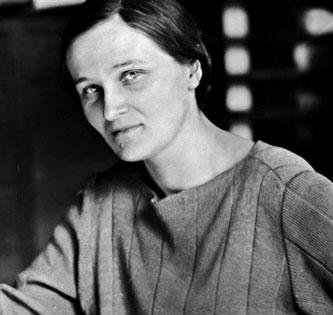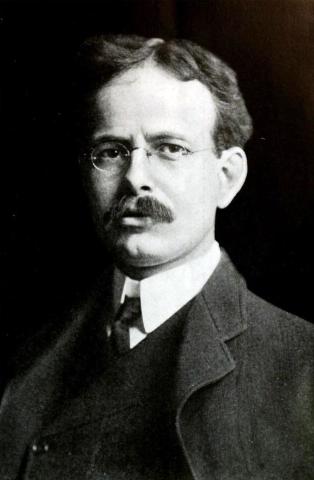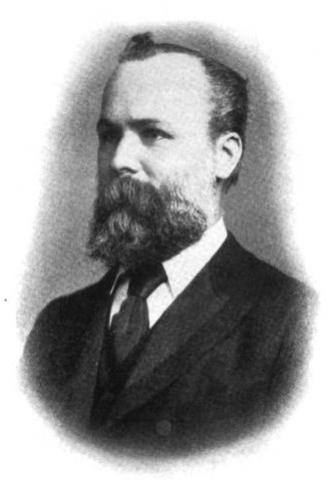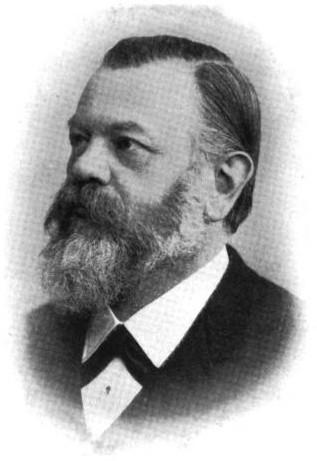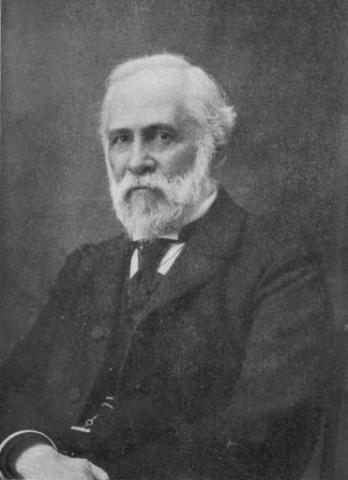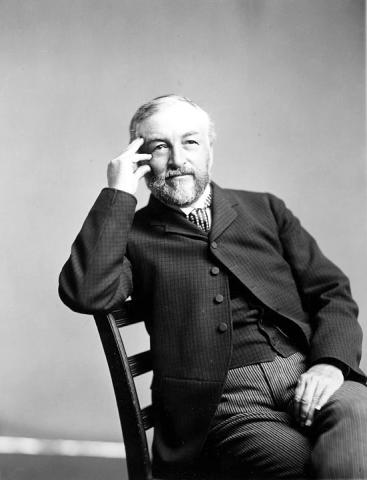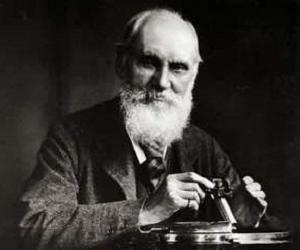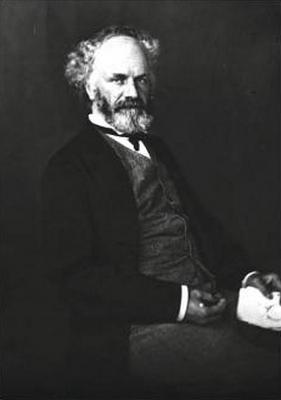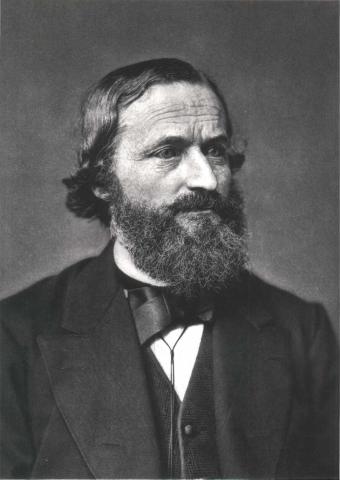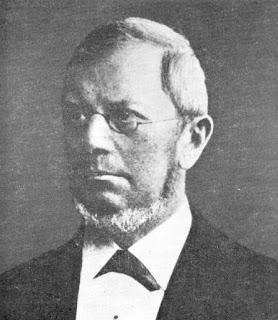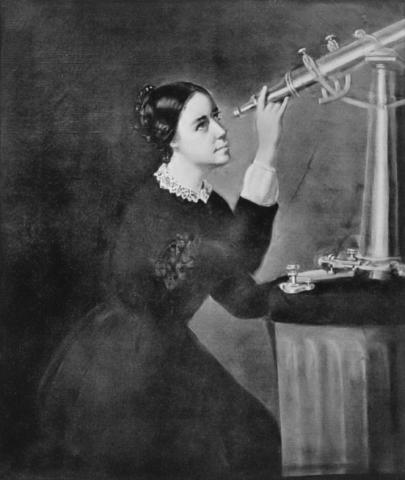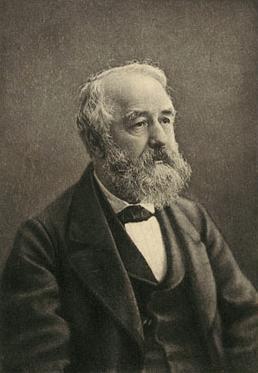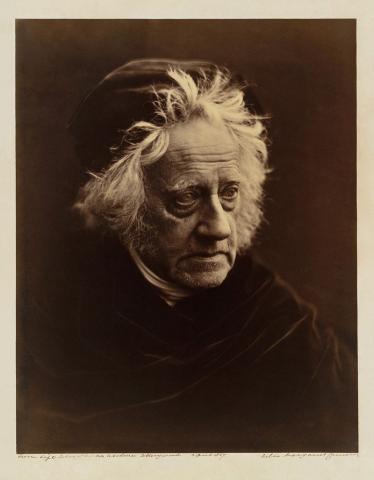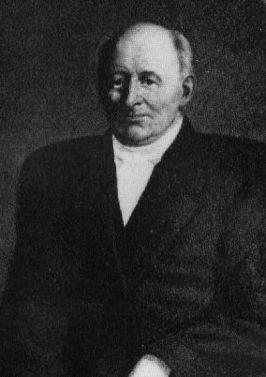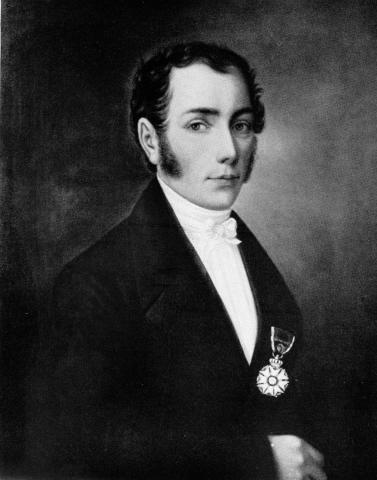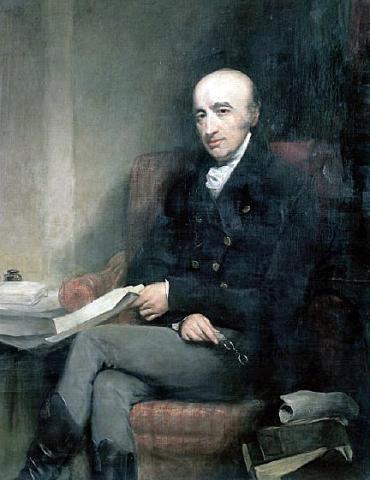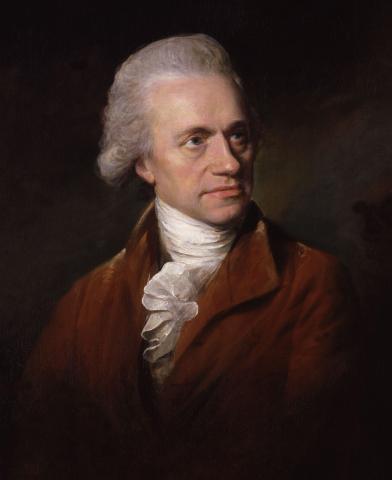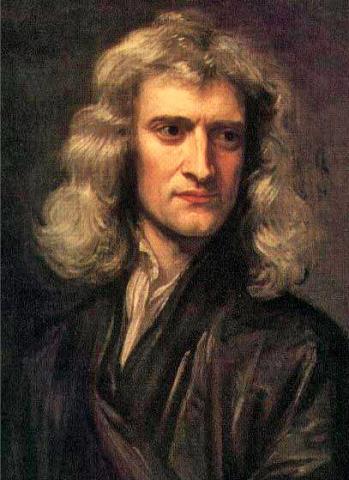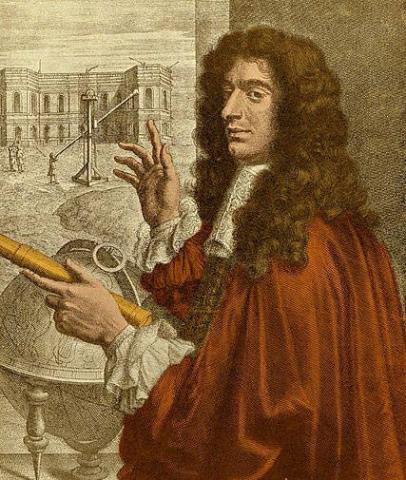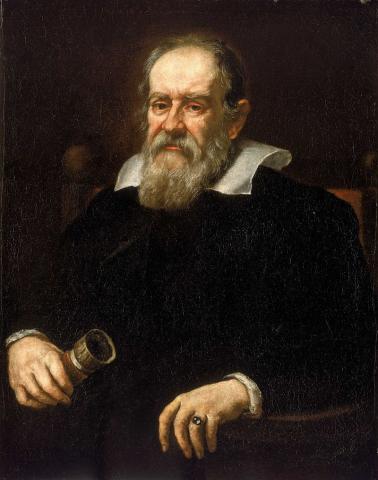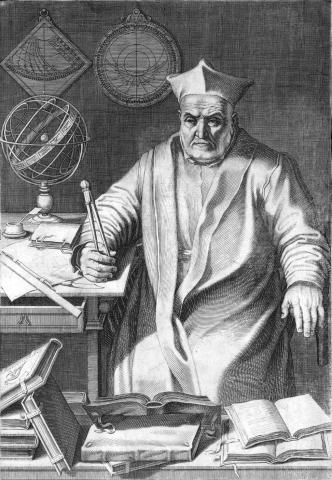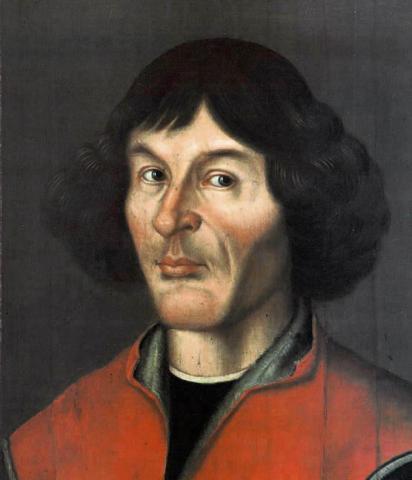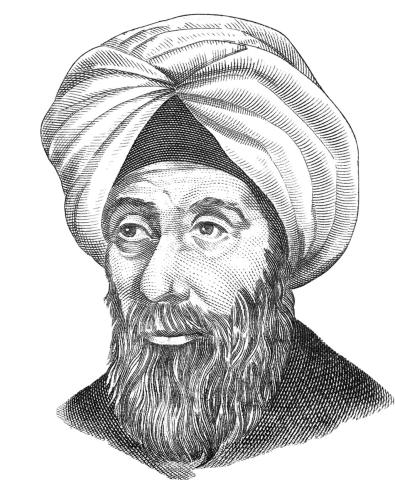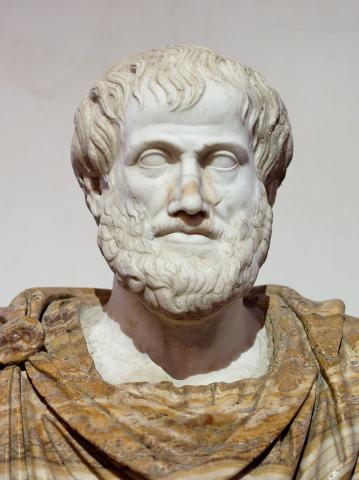Famous Solar-Stellar Scientists
Solar physicists specialize in the study of the Sun. These scientists make detailed measurements that are possible only because the Sun is uniquely situated for close-range observation. Other stars cannot be resolved with anything like the spatial or temporal resolution that the Sun can. Solar physics encompasses many disciplines of pure physics, astrophysics, and computer science, including fluid dynamics and plasma physics. The study of solar physics is also important as it is believed that changes in the solar atmosphere and solar activity can have a major impact on Earth's climate. The Sun also provides a "physical laboratory" for the study of plasma physics.
Solar physics has its roots in ancient China where Chinese astronomers tracked lunar and solar cycles and observed solar phenomena such as solar eclipses and visible sunspots. Historical record keeping was scarce prior to 720 BC, but during the next 240 year period, 37 solar eclipses were noted. Babylonians (in modern day Syria) were keeping records from about 1300 BC of solar eclipses as well. According to Greek manuscripts the Egyptians also had the knowledge to predict solar eclipses.
Astronomical knowledge flourished in the Islamic world during medieval times. Many observatories were built in cities from Damascus to Baghdad, where detailed astronomical observations were taken. Further astronomical advancements, during the Renaissance period, lead to the significant proposition that planets revolve around the Sun and not around the Earth, as it was believed at the time.


